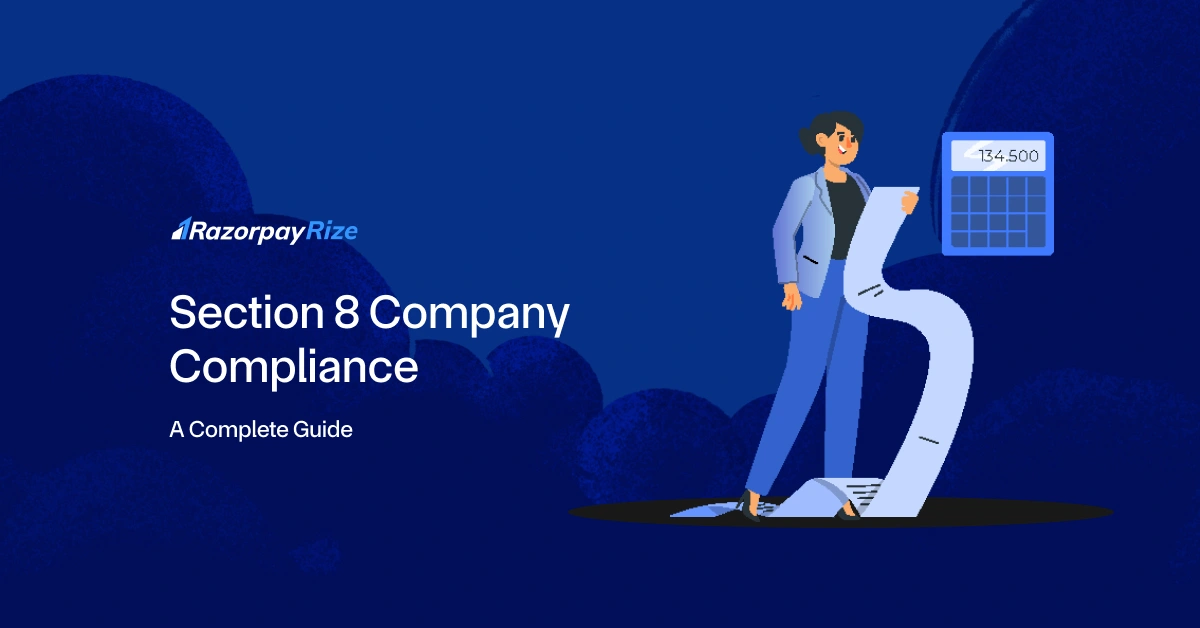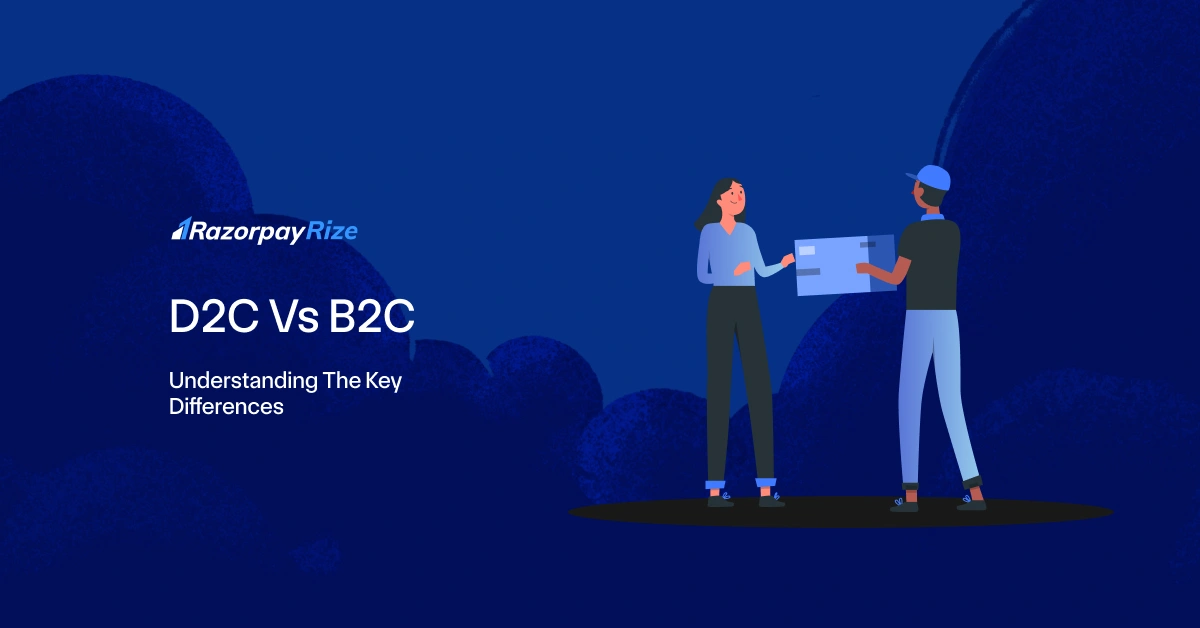Running a non-profit organisation in India comes with its own set of responsibilities, especially when structured as a Section 8 Company. While these entities enjoy several regulatory exemptions and benefits, they must also meet a range of compliance obligations to retain their special status and continue operations without legal hurdles.
This comprehensive guide walks you through everything you need about Section 8 Company compliance, from legal, tax, and regulatory requirements to timelines and forms.
Table of Contents
What is a Section 8 Company?
A Section 8 Company is a special category of non-profit organisation registered under Section 8 of the Companies Act, 2013. These companies are formed for charitable or social purposes such as:
- Education
- Promotion of arts and culture
- Social welfare
- Research
- Environmental protection
- Sports development
Key Characteristics:
- No profit distribution: Profits, if any, are reinvested in promoting the organisation's objectives.
- Name exemption: They do not use “Limited” or “Private Limited” in their names.
- Regulatory advantages: Enjoy exemptions on stamp duty, income tax (if 12A/80G registered), and some ROC compliances.
Related Read: What is ROC Filing & Why It's Necessary?
Section 8 Companies differ from regular for-profit businesses in that their core purpose is impact, not income, which doesn’t make compliance any less important.
Section 8 Company Compliance
Maintaining compliance is not just about ticking legal boxes—it’s essential to retain the company’s non-profit status, ensure transparency, and stay eligible for grants, tax benefits, and government support.
Types of Compliance:
- Time-Based Compliance
Based on fixed deadlines (e.g., annual returns, AGMs) - Event-Based Compliance
Triggered by corporate actions (e.g., change of directors, share allotment) - Criteria-Based Compliance
Based on financial thresholds or specific business conditions (e.g., GST annual returns if turnover exceeds ₹2 crore)
A. Compliance Requirements Under the Companies Act, 2013 (and Related Rules)
Here's a breakdown of key compliances that every Section 8 Company must fulfil:
Planning to start a non-profit? Begin your Section 8 Company registration with expert assistance today.
B. Compliance Obligations Under FEMA Regulations
If your Section 8 Company receives foreign investments or donations, FEMA compliance becomes mandatory.
C. GST Compliance as per the Goods and Services Tax Act, 2017
Section 8 Companies may need GST registration if their annual turnover exceeds the prescribed limits or if they engage in taxable activities.
Thresholds:
₹20 lakh (services) or ₹40 lakh (goods) for most states
Monthly/Quarterly Returns:
Annual Returns (If applicable based on turnover):
D. Income Tax Compliance Under the Income Tax Act, 1961
While many Section 8 companies register under 12A and 80G to claim income tax exemptions, they must still follow standard tax compliances.
E. Statutory Compliance Under Applicable Labour Laws
Section 8 Companies employing staff are also required to comply with applicable labour laws, such as EPF, ESI, and state-specific welfare fund contributions.
Frequently Asked Questions
Private Limited Company
(Pvt. Ltd.)
- Service-based businesses
- Businesses looking to issue shares
- Businesses seeking investment through equity-based funding
Limited Liability Partnership
(LLP)
- Professional services
- Firms seeking any capital contribution from Partners
- Firms sharing resources with limited liability
One Person Company
(OPC)
- Freelancers, Small-scale businesses
- Businesses looking for minimal compliance
- Businesses looking for single-ownership
Private Limited Company
(Pvt. Ltd.)
- Service-based businesses
- Businesses looking to issue shares
- Businesses seeking investment through equity-based funding
One Person Company
(OPC)
- Freelancers, Small-scale businesses
- Businesses looking for minimal compliance
- Businesses looking for single-ownership
Private Limited Company
(Pvt. Ltd.)
- Service-based businesses
- Businesses looking to issue shares
- Businesses seeking investment through equity-based funding
Limited Liability Partnership
(LLP)
- Professional services
- Firms seeking any capital contribution from Partners
- Firms sharing resources with limited liability
Frequently Asked Questions
What are the compliances for a Section 8 Company?
A Section 8 Company, though nonprofit in nature, must still comply with several regulatory requirements under Indian law to maintain its active status and tax exemptions.
- Registrar of Companies (ROC) Compliance under the Companies Act, 2013
- Income Tax Compliance under the Income Tax Act, 1961
- GST Compliance (if registered under GST)
- FEMA Compliance (if receiving foreign funds/investment)
- Labour Law Compliance (if employing staff)
What is the Checklist for Section 8 Companies?
Here’s a simplified compliance checklist for Section 8 companies:
- ROC Filing
- Board Meetings
- AGM
- Auditor Appointment
- Director Disclosures
- Income Tax Return
- TDS Filing
- GST Returns
- Labour Law (EPF/ESI)
Note: This checklist may vary depending on the size, funding, turnover, and specific activities of the Section 8 company.
Can a Section 8 Company Strike Off?
Yes, a Section 8 Company can be struck off, but only under specific conditions and with approval from the Regional Director (RD) of the Ministry of Corporate Affairs (MCA).
















